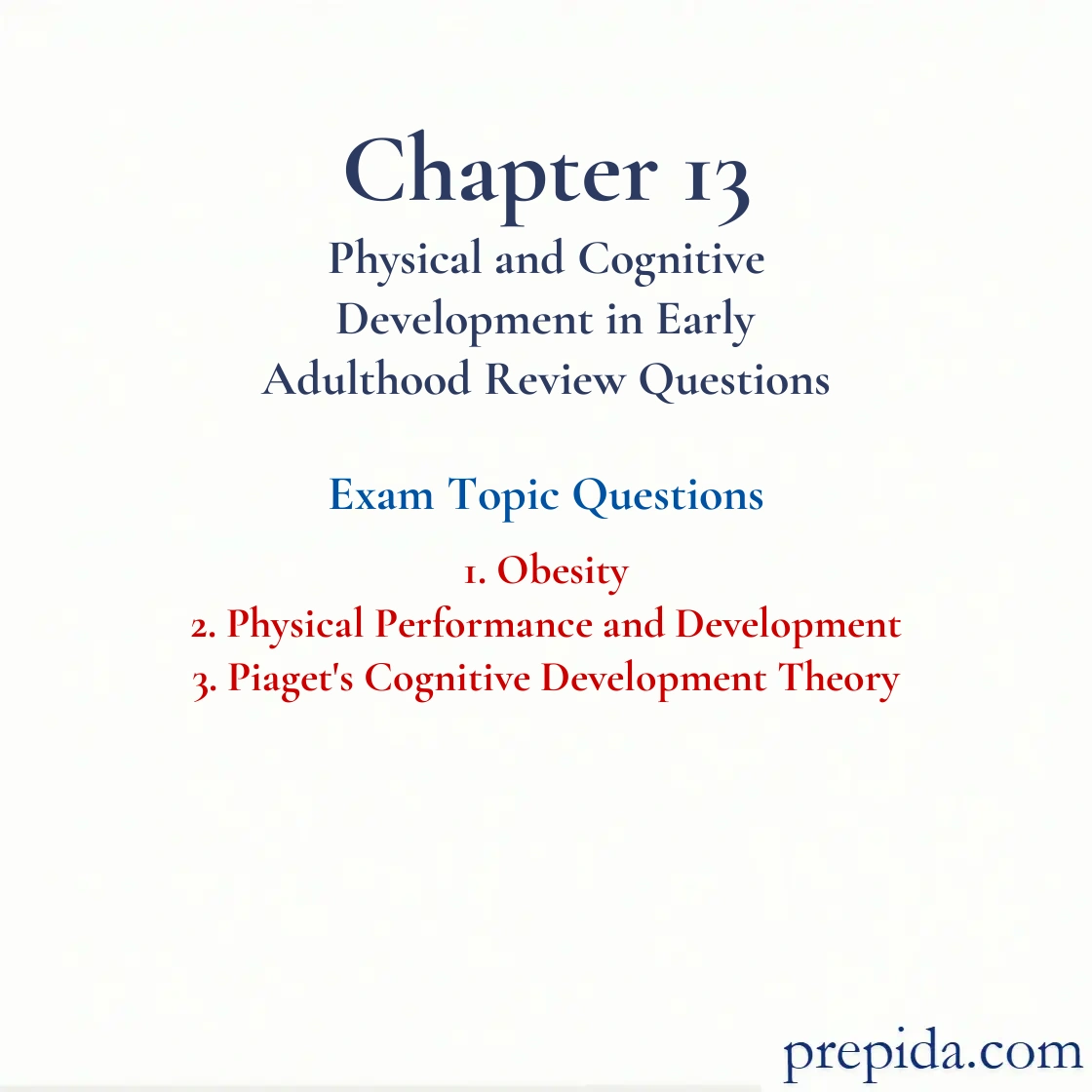
Brian was of average weight throughout his childhood and in college. However, he has gained more than 30 pounds over the past 18 months and has become obese. Which of the following is most likely to be the cause of his obesity?
- the decline in food prices in his region
- the absence of physical activity in his daily routine
- the lower availability of energy-saving devices
- the decline in his mental health problems
Aerobic Exercise: Sustained exercise (such as jogging, swimming, or cycling) that stimulates heart and lung activity.
Which of the following statements is true of obesity among the general population of the United States?
- The number of obese people in the United States is predicted to decrease by 2030.
- Greater reliance on energy-saving devices has reduced obesity in the United States.
- Obesity is more prevalent among American women with low income than among women with high income.
- Studies in the United States have found that increasing the consumption of fat-rich foods can help people fight obesity.
Socioeconomic Status (SES): Refers to the grouping of people with similar occupational, educational, and economic characteristics.
The human genome has not changed markedly in the last century, yet obesity has noticeably increased. This indicates that
- environmental factors play an important role in obesity.
- obesity is primarily a product of a person's genes.
- environmental factors have little impact on obesity.
- there is reduced reliance on energy-saving devices.
According to Donatelle and Ketcham, which of the following has become an obsession with many Americans as obesity is on the rise?
- dieting
- exercising
- sleeping
- smoking
Anorexia Nervosa: An eating disorder that involves the relentless pursuit of thinness through starvation.
According to a recent international comparison of 33 developed countries conducted by the OECD, which of the following countries was found to have the highest percentage of obese adults?
- the United States
- Italy
- Norway
- Japan
Identical human twins have similar weights, even when they are reared apart. This indicates
- the important role nutrition plays in obesity.
- how lifestyle is instrumental in determining an individual's weight.
- the genetic component of a person's weight.
- how a person's weight cannot be traced to genetic factors.
Genotype: A person’s genetic heritage; the actual genetic material.
Being overweight or obese is linked to increased risk of
- cancer.
- Down syndrome.
- anemia.
- hypertension.
Operations: In Piaget’s theory, these are reversible mental actions that allow children to do mentally what they formerly did physically.
Most of us reach our peak physical performance
- before the age of 30, often between the ages of 19 and 26.
- often between the ages of 15 and 22.
- before the age of 20.
- before the age of 22, often between the ages of 14 and 19.
Emerging Adulthood: The transition from adolescence to adulthood (occurring from approximately 18 to 25 years of age), which is characterized by experimentation and exploration.
Which of the following athletes would be most likely to peak the earliest?
- a golfer
- a swimmer
- a marathon runner
- a baseball player
Ajith was able to pursue gymnastics with the support and encouragement from his family. During his career as a sportsperson, he represented his country at several international gymnastic competitions. In the context of physical performance and development, which of the following is most likely true of Ajith?
- He reached his peak performance in his early thirties.
- He became a gymnast during his late twenties.
- He was 42 years old when he participated in his first international event.
- He won most of his medals during his late teens.
Adolescent Egocentrism: The heightened self-consciousness of adolescents.
Examples of Dana Torres (Olympic swimmer) and Tom Watson (golfer) have been used to illustrate that
- there have been instances of highly conditioned athletes stretching the upper age limits of winning performances.
- peaking of physical performance occurs later than previously thought.
- peaking of winning performances occurs earlier than previously thought.
- the lessening of physical abilities is a common complaint, even among highly conditioned athletes, past a certain age.
Aerobic Exercise: Sustained exercise (such as jogging, swimming, or cycling) that stimulates heart and lung activity.
Muscle tone and strength usually begin to show signs of decline around the age of ________.
- 25
- 30
- 40
- 20
Which of the following is a similarity in the reasoning of Jean Piaget and information-processing psychologists?
- The cognitive ability of adolescents and young adults are quantitatively identical.
- Adolescents are capable of concrete operational thinking, and only in adulthood do individuals enter the formal operational stage.
- Adults think more idealistically than adolescents do.
- Adults especially increase their knowledge in a specific area.
According to Piaget, which of the following is the final stage of cognitive development?
- the sensorimotor stage
- the concrete operational stage
- the formal operational stage
- the preoperational stage
Preoperational Stage: Piaget’s second stage, lasting from about 2 to 7 years of age, during which children begin to represent the world with words, images, and drawings, and symbolic thought goes beyond simple connections of sensory information and physical action; stable concepts are formed, mental reasoning emerges, egocentrism is present, and magical beliefs are constructed.
Piaget stressed that young adults are more quantitatively advanced in their thinking than adolescents in the sense that
- they engage in less logical and abstract thinking.
- they have more knowledge.
- they enter the concrete operational stage at about 18 years of age.
- they engage in more idealistic thinking.
According to Piaget, the ________ stage of cognitive development characterizes adults as well as adolescents.
- formal operational
- concrete operational
- sensorimotor
- preoperational
Operations: In Piaget’s theory, these are reversible mental actions that allow children to do mentally what they formerly did physically.